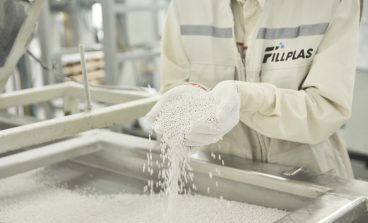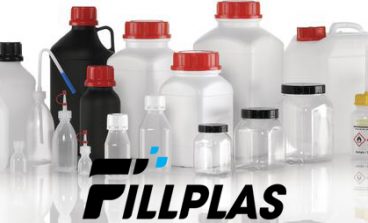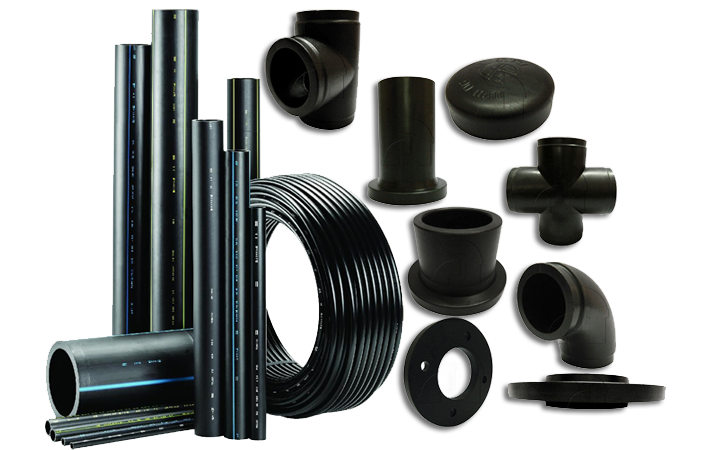
HDPE pipe
High-density polyethylene pipe (HDPE pipe) is a type of flexible plastic pipe used for fluid and gas transfer and is often used to replace ageing concrete or steel mains pipelines. Made from the thermoplastic HDPE (high-density polyethylene). Its high level of impermeability and strong molecular bond make it suitable for high pressure pipelines. HDPE pipe is used across the globe for applications such as water mains, gas mains, sewer mains, slurry transfer lines, rural irrigation, fire system supply lines, electrical and communications conduit, and stormwater and drainage pipes.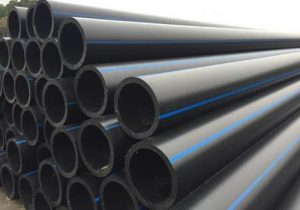
HDPE pipe can be joined by butt welding, electrofusion welding, socket welding, or extrusion welding. These joints heat the pipe during the joining process, creating a completely homogenous joint so the weld becomes as strong. Or stronger than the existing pipe on either side of the weld. There is no need to use rubber seals or jointing chemicals, as is used for joining PVC pipe, which cause environmental health issues and increase the chance of failure over time. PE is less likely to have problems with root intrusion, and provides integrity for the pipeline, even when installed in unstable soils.
PP pipe
Polypropylene pipe (PP pipe) is the lightest weight piping material with very good chemical resistance, even to many organic solvents. It is used extensively for HVAC applications and is available in two classifications, with Type I being the most common. Type I has better rigidity and strength but lower impact resistance than Type II, which has improved toughness over Type I material. In chemical drainage applications, heat stabilizers and flame retardant additives are added to PP to retard flammability and thermal aging. PP is also used in many more corrosive and higher temperature applications (180°F) than PVC.
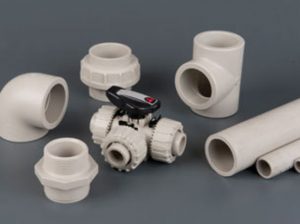 Like purple PVC and CPVC, purple PP is being used for non-potable applications. The primary method of joining PP piping systems is with heat fusion, though mechanical joints can be used. PP pipe is available in standard 20’ lengths in sizes ranging from ½” to 40″. To accommodate different working pressures, PP is made both in schedule 80 and schedule 40. Typical applications include chemical drainage systems, industrial process, high purity water, hot and cold water distribution, and gravity sewer systems.
Like purple PVC and CPVC, purple PP is being used for non-potable applications. The primary method of joining PP piping systems is with heat fusion, though mechanical joints can be used. PP pipe is available in standard 20’ lengths in sizes ranging from ½” to 40″. To accommodate different working pressures, PP is made both in schedule 80 and schedule 40. Typical applications include chemical drainage systems, industrial process, high purity water, hot and cold water distribution, and gravity sewer systems.
FILLPLAS has developed many filler masterbatch grades for HDPE pipe and PP pipe.

